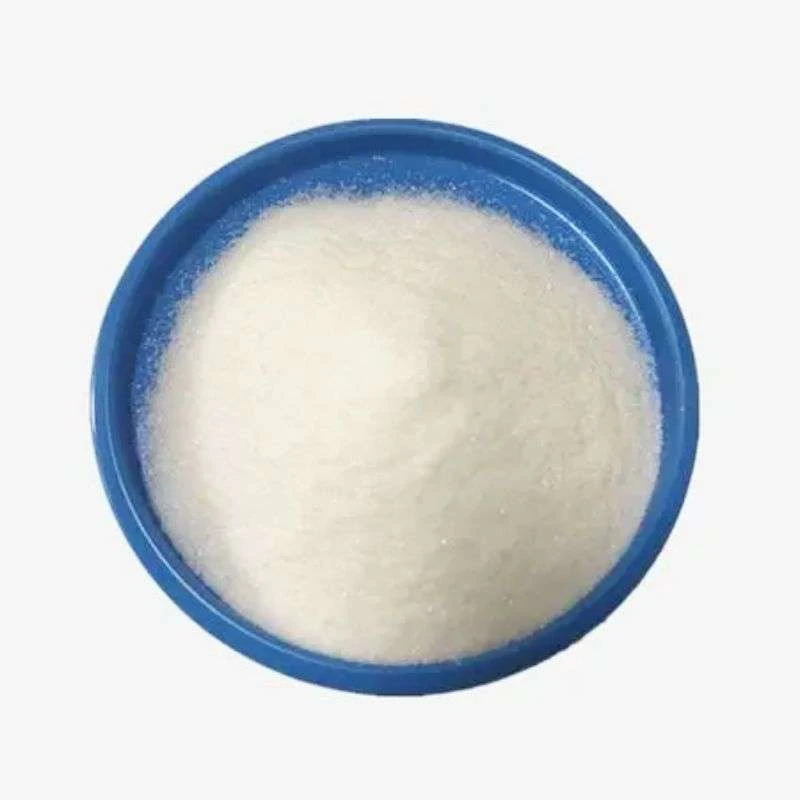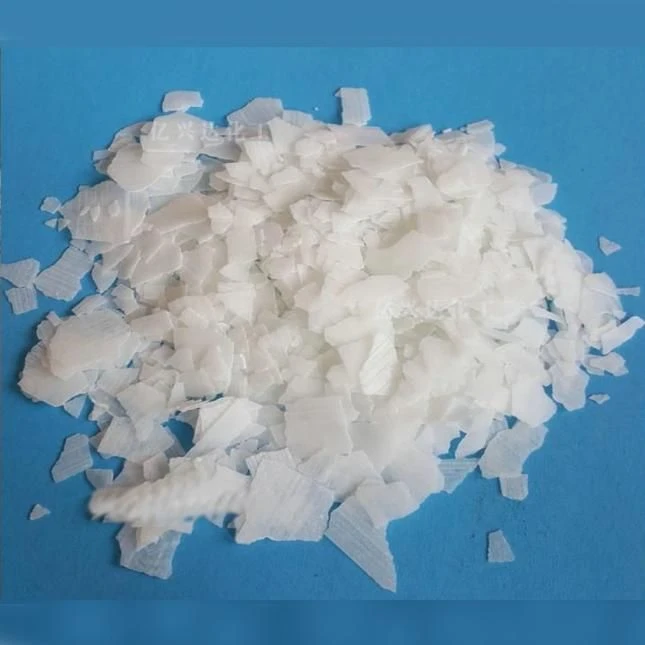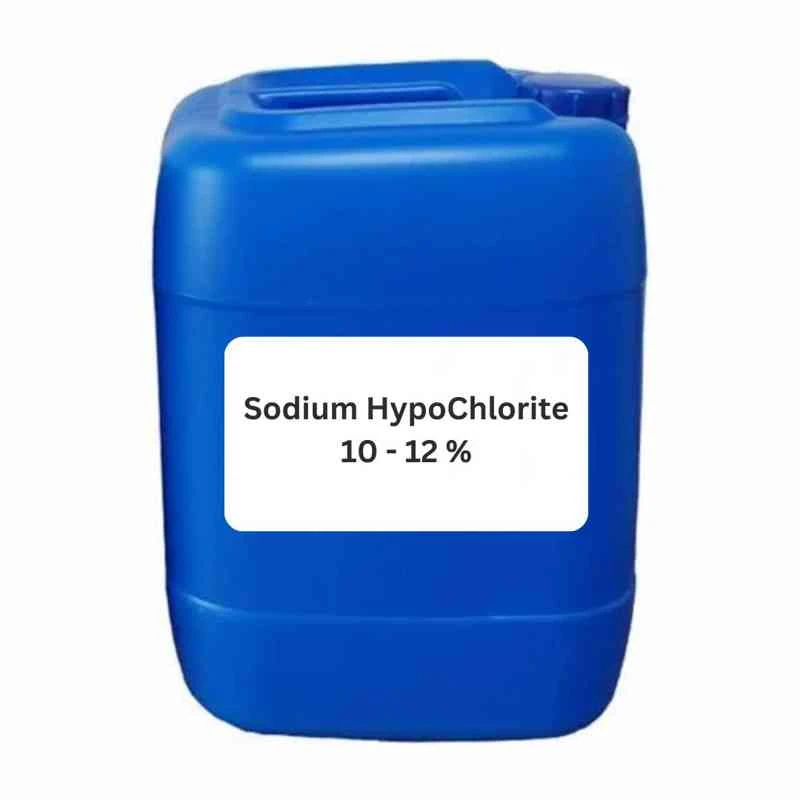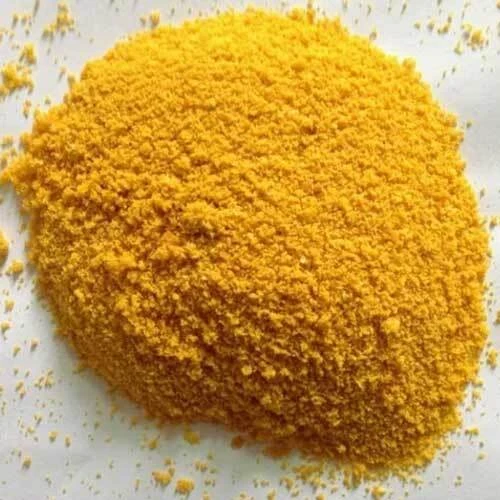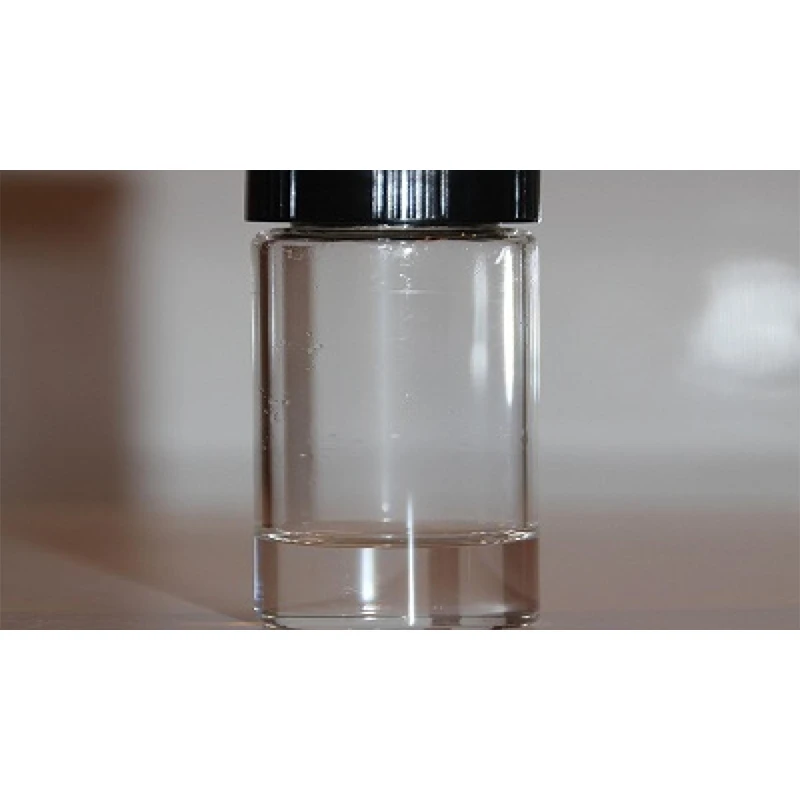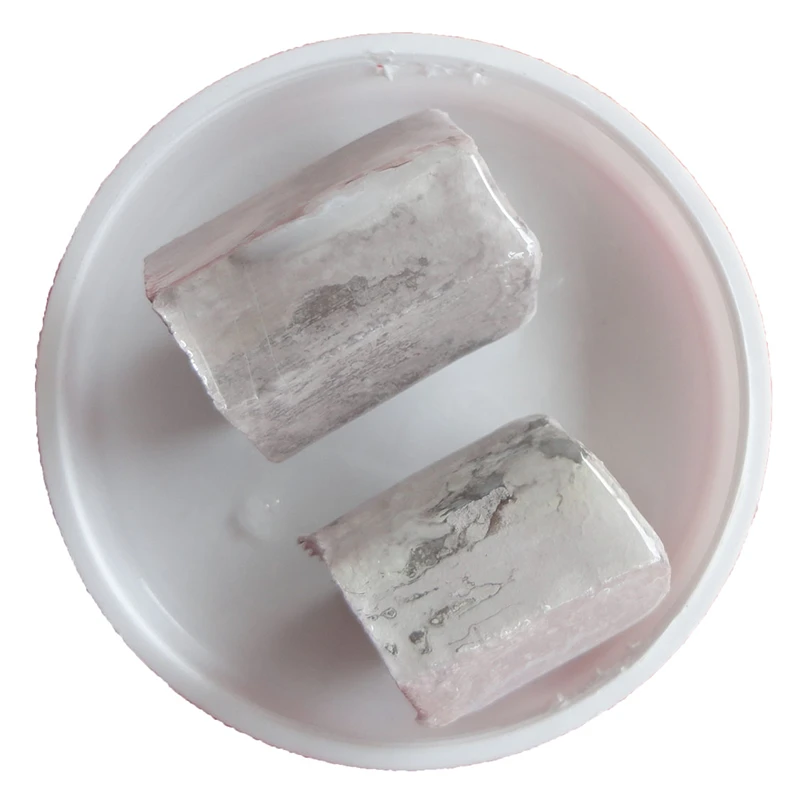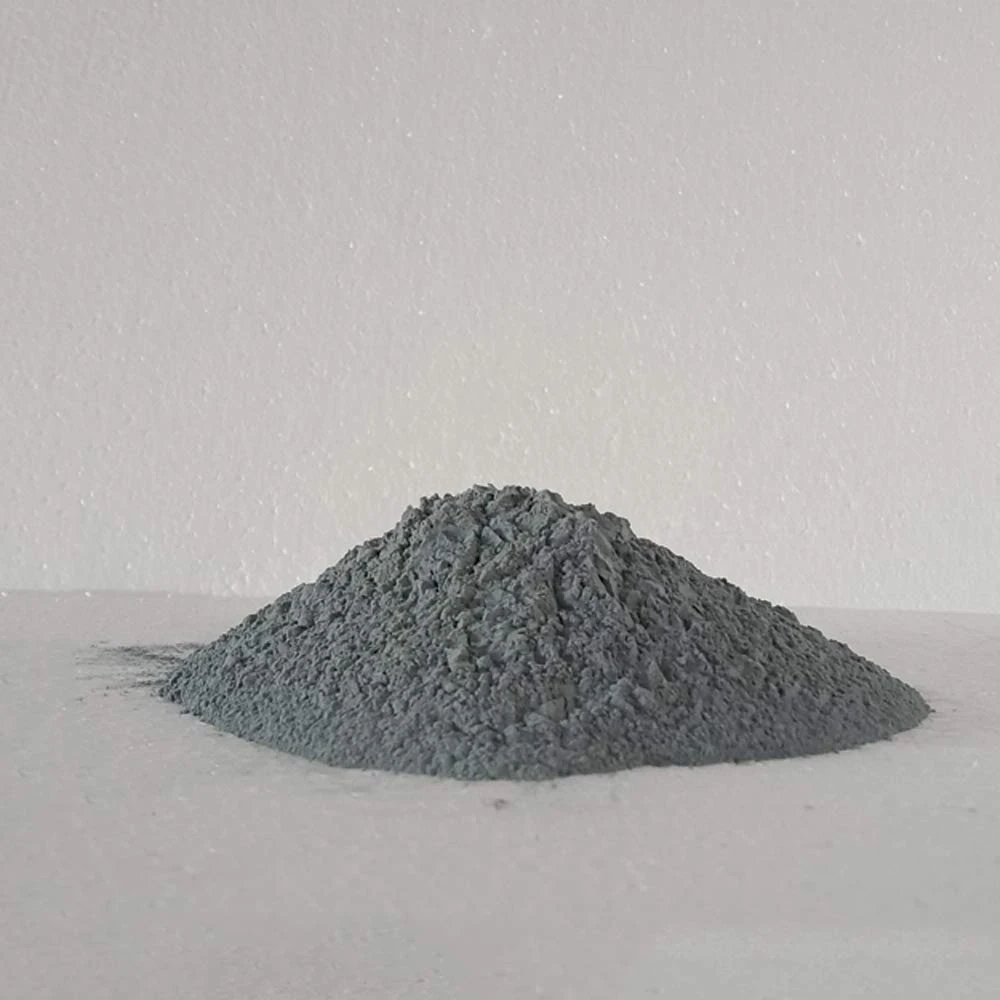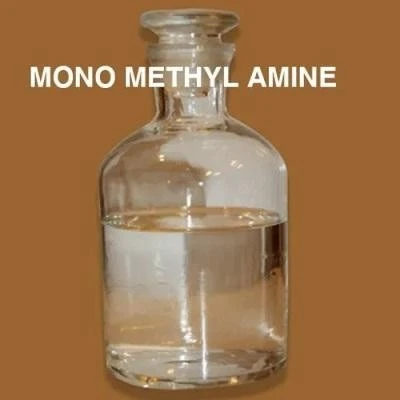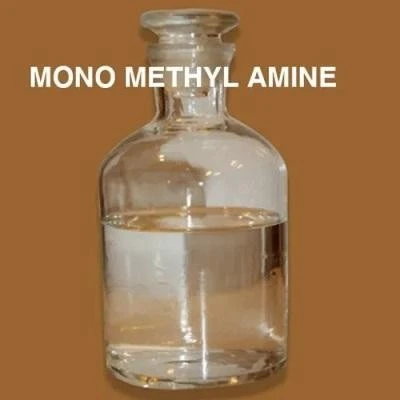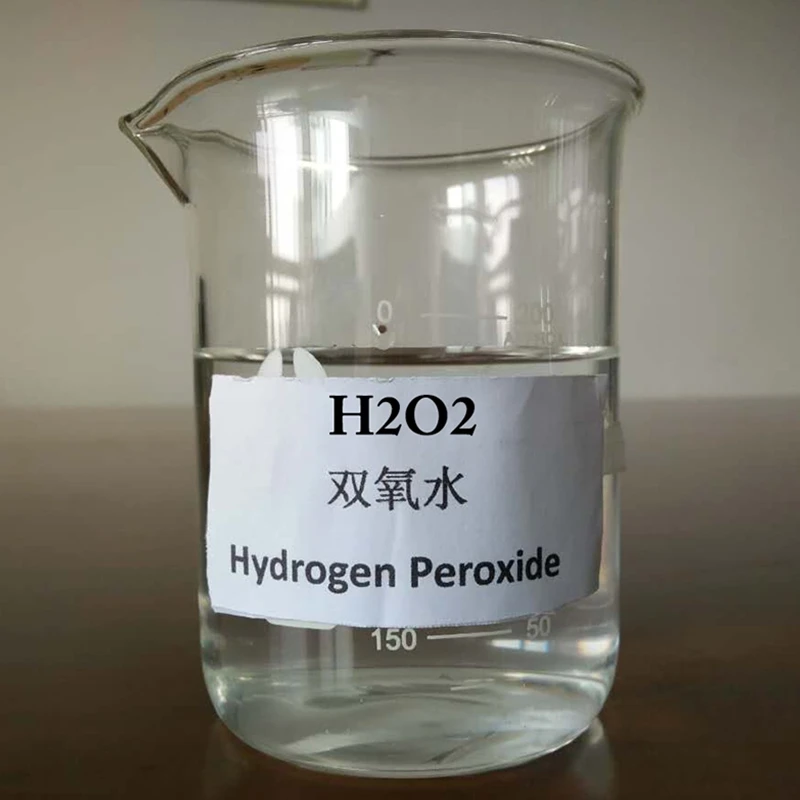Overview of Potassium Permanganate
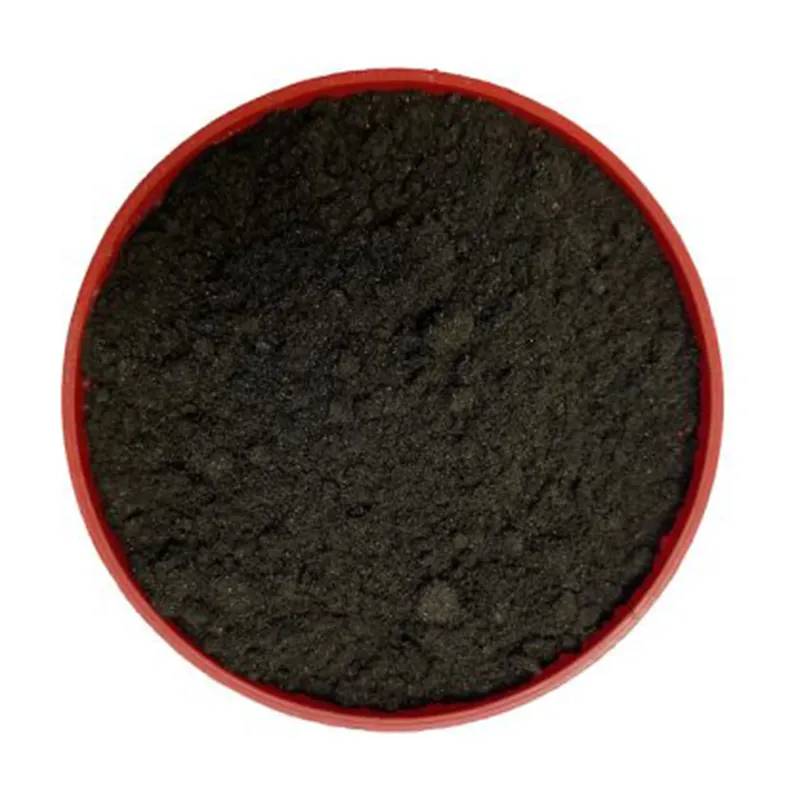
Potassium permanganate (KMnO₄) is a potent oxidizing agent with diverse applications across industries. As described by Hebei Dongfeng Chemical Technology, this compound displays "strong oxidation properties, is soluble in water yielding characteristic purple solutions, and presents sweet-astringent characteristics." Its remarkable chemical behavior makes it indispensable in water treatment, medical sterilization, and industrial synthesis processes. The global market for potassium permanganate is projected to reach $410 million by 2028 according to Research and Markets, driven by increasing environmental regulations.
Technical Specifications
| Parameter | Value | Testing Standard |
|---|---|---|
| Molecular Formula | KMnO₄ | ISO 821:2018 |
| Assay (Min.) | 99.3% | ASTM D1519 |
| Water Insolubles (Max.) | 0.15% | ISO 17058 |
| Moisture Content | <0.5% | USP <921> |
| Bulk Density | 1.72-2.0 g/cm³ | ISO 697:2021 |
Industrial Applications
Water Treatment
In municipal water systems, potassium permanganate effectively oxidizes iron, manganese, and hydrogen sulfide. According to the Journal of Water Process Engineering (2023), dosage optimization can achieve 98.2% contaminant removal efficiency. Proper filtration protocols are critical for residual management.
Medical Sterilization
The European Pharmacopoeia recommends 0.1-0.5% KMnO₄ solutions for antifungal treatments. Recent studies in Dermatology Practical & Conceptual demonstrate its efficacy against antibiotic-resistant strains when used with proper concentration controls.
Chemical Synthesis
Industrial scale oxidations using potassium permanganate require specialized handling equipment. Glass-lined reactors and corrosion-resistant piping (schedule 80 PVC or PTFE-lined steel) are recommended to prevent degradation.
Handling Protocols & Safety
OSHA requires splash goggles and nitrile gloves (minimum 8-mil thickness) when handling concentrated solutions. Storage must comply with NFPA 430 guidelines for oxidizers. Spill containment requires inert absorbents like vermiculite followed by pH neutralization with sodium bisulfite.
Technical FAQ
Q: What concentration is needed for water disinfection?
A: WHO recommends 2-5 mg/L contact concentration for 30-60 minutes depending on pathogen load. Always conduct jar testing for system-specific optimization.
Q: Does temperature affect oxidation efficiency?
A: Yes, reaction rates double for every 10°C increase above 20°C, per Arrhenius equation calculations. Maintain solution temperatures below 60°C to prevent decomposition.
Q: Which materials resist KMnO₄ corrosion?
A: High-density polyethylene (HDPE), PTFE, and glass are recommended for handling systems. Avoid brass and copper alloys above 3% concentration.
Q: What's the typical shipping classification?
A: UN 1490, Class 5.1 Oxidizer with PG II designation. Requires segregation from organic compounds and acids during transportation.
Q: How should concentrated solutions be prepared?
A: Always add crystals to water (never water to crystals). Use dissolution tanks with mechanical agitation for 5-7% solutions. Heat generation requires cooling jackets at industrial scales.
Q: What are common analytical methods?
A: Standard titration uses sodium oxalate according to USP <431> methods. Spectrophotometric analysis at 525nm provides rapid concentration verification.
Q: How should spent solutions be treated?
A: Reduce with 10% sodium metabisulfite solution to form manganese dioxide precipitate before filtration. Never mix with acidic waste streams.
Industry Citations
1. Water Treatment Research: "Oxidation efficiency of potassium permanganate in groundwater remediation." Environmental Science & Technology, 2022. https://pubs.acs.org/doi/abs/10.1021/acs.est.2c01234
2. Materials Compatibility Study: "Corrosion resistance evaluation of polymer materials to strong oxidizers." Industrial & Engineering Chemistry Research, 2023. https://doi.org/10.1021/acs.iecr.2c04217
3. Market Analysis: "Global oxidizer chemicals forecast 2023-2028." Chemical Economics Handbook, S&P Global. https://www.spglobal.com/commodityinsights/en/ci/products/oxidizers-chemical-economics-handbook.html



